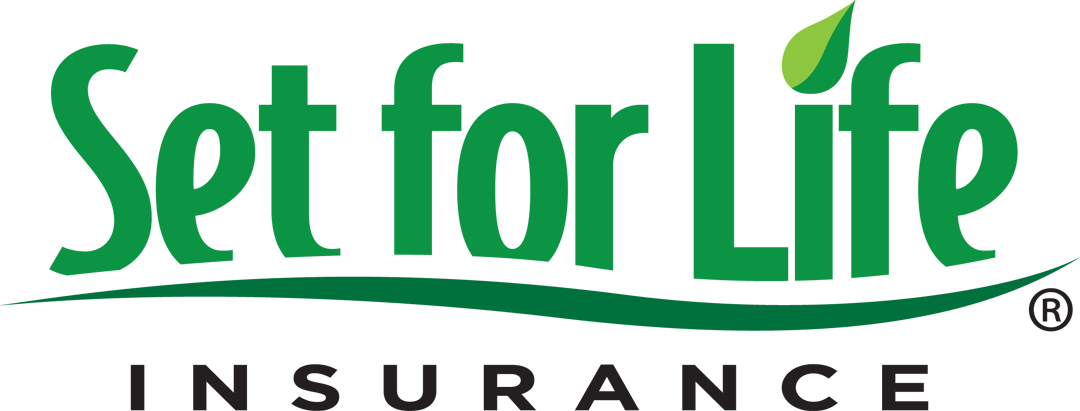Example One – Personal Income Protection
We were approached regarding the Chief Executive Officer of an oil company in Texas. The proposed insured’s annual income was $5,000,000 and the request was for our office to design adequate disability insurance with the CEO as the policy owner, insured, and beneficiary (i.e., the coverage was intended to replace the insured’s income that would be lost if he were unable to work due to disability). The final policy was structured to have a monthly benefit of $250,000. This benefit would begin after the insured had been disabled for ninety days and would continue for up to three years. At this point in time, if it was determined that the insured would never be able to return to his occupation, he would receive an additional lump sum benefit of $5,000,000 (normally used to purchase an annuity, for a total benefit of $14,000,000). Since this insured structured his policy so that the benefits would be income tax free, this coverage protected his income satisfactorily.
Example Two – Buy/Sell Agreements
Adequate life insurance is almost always addressed for corporations’ and partnerships’ buy-sell agreements, however, the disability side is often ignored. This is due to the fact that like benefit amounts were not considered available in the disability marketplace. With our product, this is no longer the case. We were recently requested to effect coverage on the seven owners of an engineering firm. They had purchased life insurance of $3,000,000 each to protect their buy-sell agreements in the event of the death of one of the owners. We duplicated what was done with the life insurance by offering matching lump sum disability benefits. The policy would respond in the event one of the owners suffered a career-ending disability, giving the remaining owners the capital to buy-out the disabled partner.
Example Three – Company Revenue Protection
When a company loses a contributing member, the bottom line of that company can deteriorate until that person returns or is replaced. An orthopedic surgeon’s clinic in Arizona recently requested coverage on the six practicing orthopedic surgeons who work there. Each surgeon generated between $50,000 and $90,000 a month in revenue to the clinic. All six were insured by the clinic for 80% of their monthly production. The benefit was payable for a twelve month period, since it was determined by the clinic that they would have found a replacement after one year.
Example Four – “Key Person” Insurance
We have a Fortune 500 client in the state of New York which is sales oriented. Its leading salesman produces $9,000,000 per annum in revenue to the company through new and existing clients, with whom he has the relationships. The company was concerned that in the event he became disabled, they would lose this revenue. They purchased a policy which pays the company up to $7,200,000 per annum in the event that this salesman becomes disabled.
Example Five – Business Overhead Coverage
This product is often used by small companies or professionals who need to be healthy in order to cover the monthly costs of doing business. We recently wrote a policy for a dentist who owns his own practice and does not want to falter on bill payments in the event of a disability. The policy covers everything from office rent and employees’ salaries to office supplies, therefore providing crucial protection for this small business owner. The same limits that are available for all other products are offered for this coverage if the company’s expenses merit it.
Example Six – Contractual Obligation
The purpose of this coverage is to protect a company against the loss of an employee who has guaranteed financial compensation, whether physically able to work or not. A second Fortune 500 client of ours signed their Chief Executive Officer to a guaranteed contract worth $3,000,000 per annum for a five-year period. They also gave him a non-guaranteed loan equal to $10,000,000.
The company purchased two policies on the CEO, the first covering 60% of his salary, the second covering 80% of its non-guaranteed loan. The coverage was structured in such a manner as to directly correlate with the company’s payments to the insured. To expand, the salary coverage began with a limit of $9,000,000 and this is the benefit that would have been paid in the event the insured suffered a career-ending disability in the first month. However, the benefit reduced by one-sixtieth for every month the insured was able to perform his occupation.



